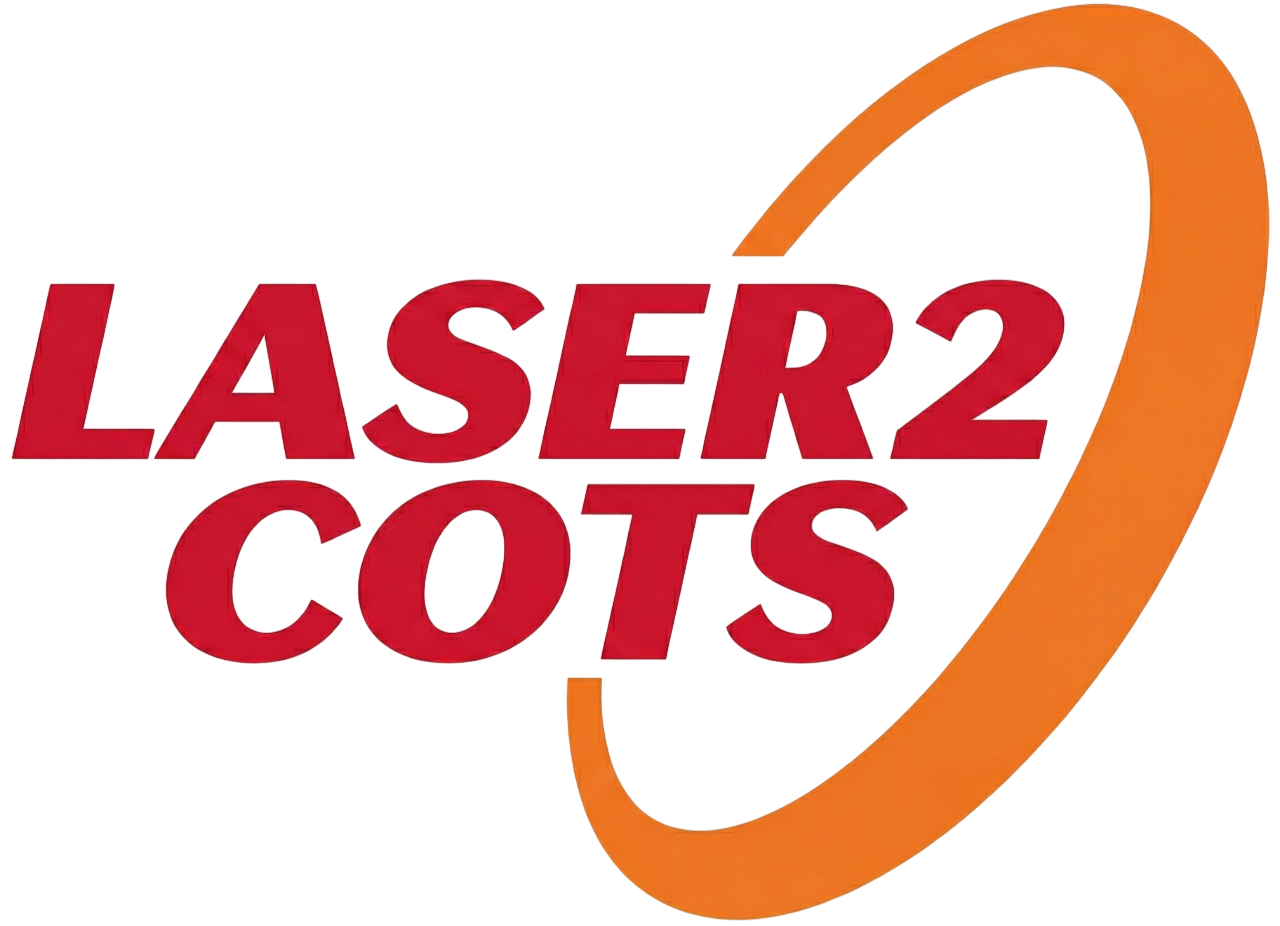- SERESSA 2025 개최
- 큐알티, KRISS와 내방사선 시험·분석·인증 협력 MOU 체결
- QRT Signs MOU with KRISS to Cooperate on Radiation-Hardness Testing, Analysis, and Certification
- ASSIC 2025 Review
- ASSIC 2025 Review
- ASSIC 2025 개최
- ASSIC 2025 to Be Held
- [영상] 우주 반도체 테스트, 중이온 가속기 없이도 가능하다?
- [Video] Space Semiconductor Testing Without a Heavy Ion Accelerator?
- Reports
- Patents
- Papers
- Reports
- Patents
- Papers
- [영상] 일반 반도체를 우주 반도체로 쓰는 기술 '업스크린'
- [Video] 'Up-Screen': Transforming Commercial Semiconductors into Space-Grade Devices
- 반도체 방사선 내성 (내방사선) 레이저 평가
- Semiconductor Radiation Hardness Laser Evaluation (Laser Test)
- SPA vs TPA
- SPA vs TPA
- 레이저 평가가 필요한 이유 (비용적 측면)
- Why Laser Evaluation is Necessary (Cost Perspective)
- NASA 문건으로 본 레이저 평가
- Laser Evaluation Based on NASA Documents
- 레이저 평가의 글로벌 동향
- 반도체 패키지 타입별 SEE 레이저 평가 가능성 분석
- Analysis of Laser Evaluation Feasibility by Semiconductor Package Type
- 반도체 기판의 밴드갭 및 광흡수 메커니즘 비교
- Comparison of Band Gaps and Optical Absorption Mechanisms of Semiconductor Substrates
- QRT Laser Testing(레이저 평가)의 강점
- Strengths of QRT Laser Testing
- 방사선이 반도체에 미치는 영향
- Radiation Effects on Semiconductors
- 방사선 내성 평가(Radiation Hardness Test); 내방사선 평가
- Radiation Hardness Test
- SEE (Single Event Effect)란?
- What is SEE (Single Event Effect)?
- LET (Linear Energy Transfer)란?
- What is LET (Linear Energy Transfer)?
- TID (Total Ionizing Dose) effect란?
- What is the TID (Total Ionizing Dose) Effect?
- DD (Displacement Damage)란?
- What is DD (Displacement Damage)?
- Soft Error로 인해 발생한 사고
- Accidents Caused by Soft Errors
- 중이온(Heavy Ion) 빔이란?
- What is a Heavy-Ion Beam?
- 국내 방사선 평가 시설
- Korean Radiation Test Facilities
- 광자(Photon)의 에너지 전달 메커니즘
- Energy Transfer Mechanisms of Photons
- 전자(Electron)의 에너지 전달 메커니즘
- Energy Transfer Mechanisms of Electrons
- 양성자(Proton)와 중성자(Neutron)의 에너지 전달 메커니즘
- Energy Transfer Mechanisms of Protons and Neutrons
- 이온(Ion)의 에너지 전달 메커니즘
- Energy Transfer Mechanisms of Ions
- SEU는 어떻게 밝혀졌는가? 방사선이 전자 회로에 끼친 영향의 역사
- How Was SEU Discovered? A Historical Insight into Radiation-Induced Failures in Electronic Circuits
- 반도체 방사선 영향 평가를 위한 주요 시뮬레이터 소개
- Overview of Key Simulators for Radiation Effects Evaluation in Semiconductors
- Single Event Latch-Up (SEL, 단일 이벤트 래치업)
- Single Event Latch-Up (SEL)
- New Space란?
- What is New Space?
- Up-Screening (Up-Screen, 업 스크리닝, 업스크린)
- Up-Screening (Up-Screen)
- Space Product Assurance(우주 제품 보증)란?
- What is Space Product Assurance?
- COTS (Commercial off-the-shelf)
- COTS (Commercial off-the-shelf)
- 지구의 자기장과 방사선대의 관계
- Magnetic Field and Radiation Belts
- 인공위성의 궤도(LEO, GEO)와 방사선 평가
- Satellite Orbits (LEO, GEO) and Radiation Assessment
- Rad‑hard와 Rad‑tolerant의 차이
- Rad-hard vs. Rad-tolerant: What’s the Difference


